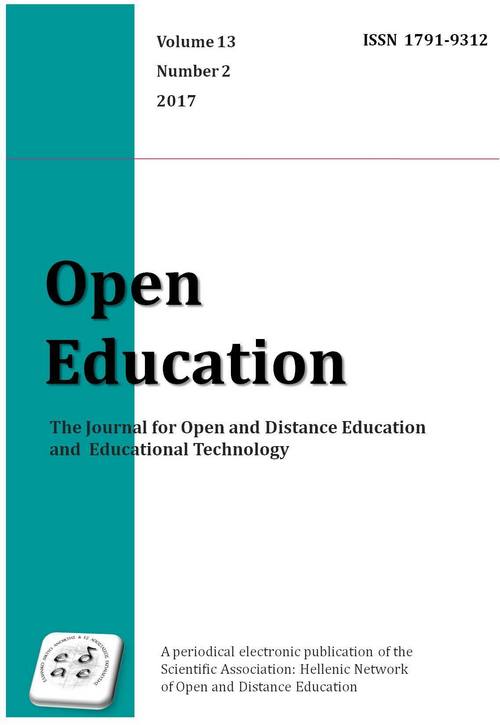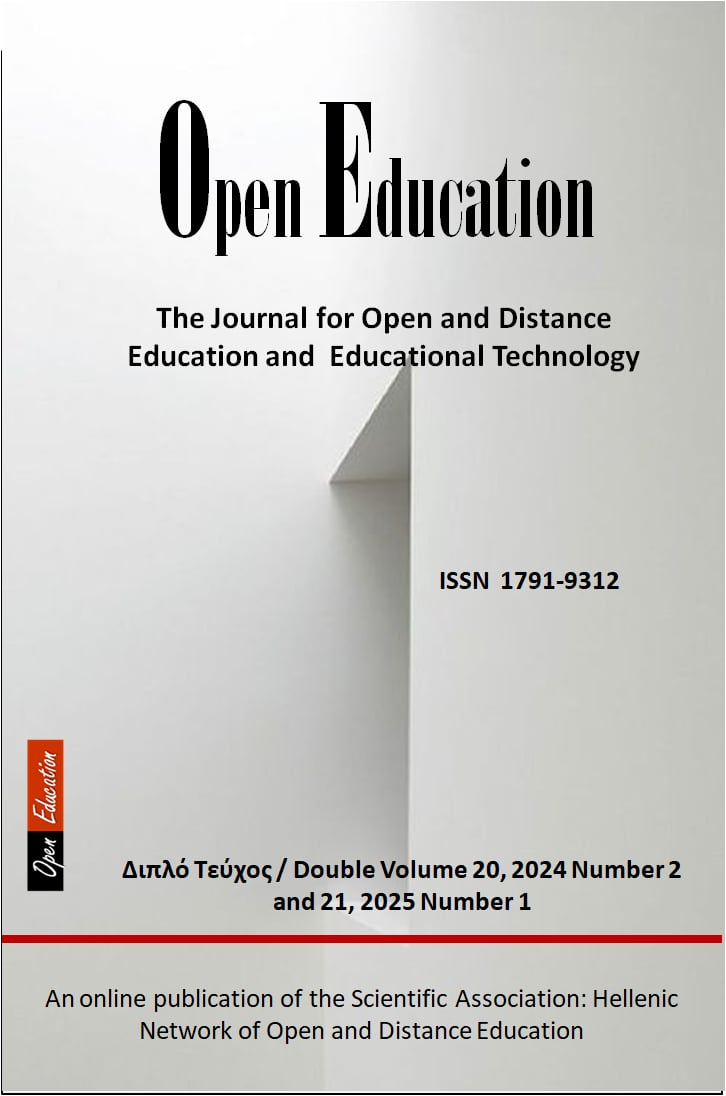Instructional Design of the WaW e-courses

Abstract
The current paper describes the process of the instructional design for the production of the WaW project e-learning courses by adapting the handbooks generated at intellectual outputs 3 and 4 (IO3, IO4: “21st Century Skills Handbook” and “Crowd-funding Handbook”) to e-learning context. The aim was to produce and develop online e-learning materials suitable for the needs of the target group, as well as to develop innovative online learning content, e.g. video courses, animation, scenarios, etc, in order to foster learning and self-development skills. Users will be females representing all the different target groups while being either employed or unemployed, interested in creating the appropriate mindset and conditions. The ADDIE model (Analysis, Design, Development, Implementation, and Evaluation) was used for the production of the e-courses, not only because it is the generic process traditionally used by instructional designers and training developers, but mostly because it represents a dynamic, flexible guideline for building effective training and performance support tools. Instructional theories, such as behaviourism, constructivism, social learning and cognitivism, were taken into account as they also play an important role in the design of instructional materials.
Article Details
- How to Cite
-
Niari, M., & Hartofylaka, A.-M. (Tonia). (2017). Instructional Design of the WaW e-courses. Open Education: The Journal for Open and Distance Education and Educational Technology, 13(2), 149–155. https://doi.org/10.12681/jode.15274
- Issue
- Vol. 13 No. 2 (2017)
- Section
- Section 2
Copyright Notice
Authors who publish with this journal agree to the following terms:
Authors retain copyright and grant the journal right of first publication with the work simultaneously licensed under a Creative Commons Attribution Non-Commercial License that allows others to share the work with an acknowledgement of the work's authorship and initial publication in this journal.
Authors are able to enter into separate, additional contractual arrangements for the non-exclusive distribution of the journal's published version of the work (e.g. post it to an institutional repository or publish it in a book), with an acknowledgement of its initial publication in this journal.
Authors are permitted and encouraged to post their work online (preferably in institutional repositories or on their website) prior to and during the submission process, as it can lead to productive exchanges, as well as earlier and greater citation of published work.





